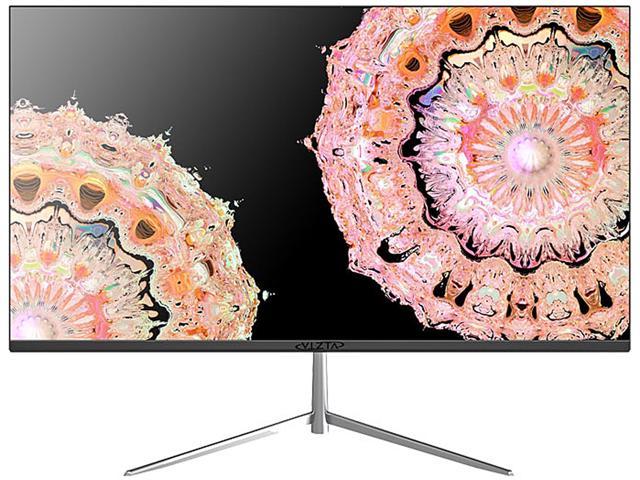As the world’s leading space power, the United States has enjoyed unchallenged exploitation of the ultimate high-ground. Its civil, commercial and military space programs have led to improvements in its military and economic power as well as safety and security in the daily lives of its people. As the United States becomes more dependent on its space assets, it is creating its own vulnerability. To maintain its place as the leading space power, the United States must constantly be aware of the situation in space in much the same manner as any terrestrial or aeronautical battlefield. This “space situational awareness” includes all human activities in space as well as the natural environment. The United States has a fairly robust architecture to monitor human activities in space; however, the capability to fully monitor and exploit the natural environment is deficient leaving combatant commanders with an incomplete picture of the entire battlespace. The current sensing capability is limited due to the limited number of orbits in which the sensors fly and the limited number of observations in those orbits. The future capability of space weather sensing appears to be in decline due to the merging of military and civil programs and lack of additional planned sensing programs. The United States must improve its situational awareness of the near-Earth natural environment by expanding its access to additional space environmental data. With some foresight, the DOD as lead agency for space situational awareness can take advantage of existing or future programs to improve its capability. Potential solutions include: additional sensors on military and civil spacecraft, designing a constellation of microsatellites, or leveraging commercial solutions. Following through on some or all of these recommendations will greatly enhance the DOD’s ability to have complete situational awareness of the battlefield in space.















